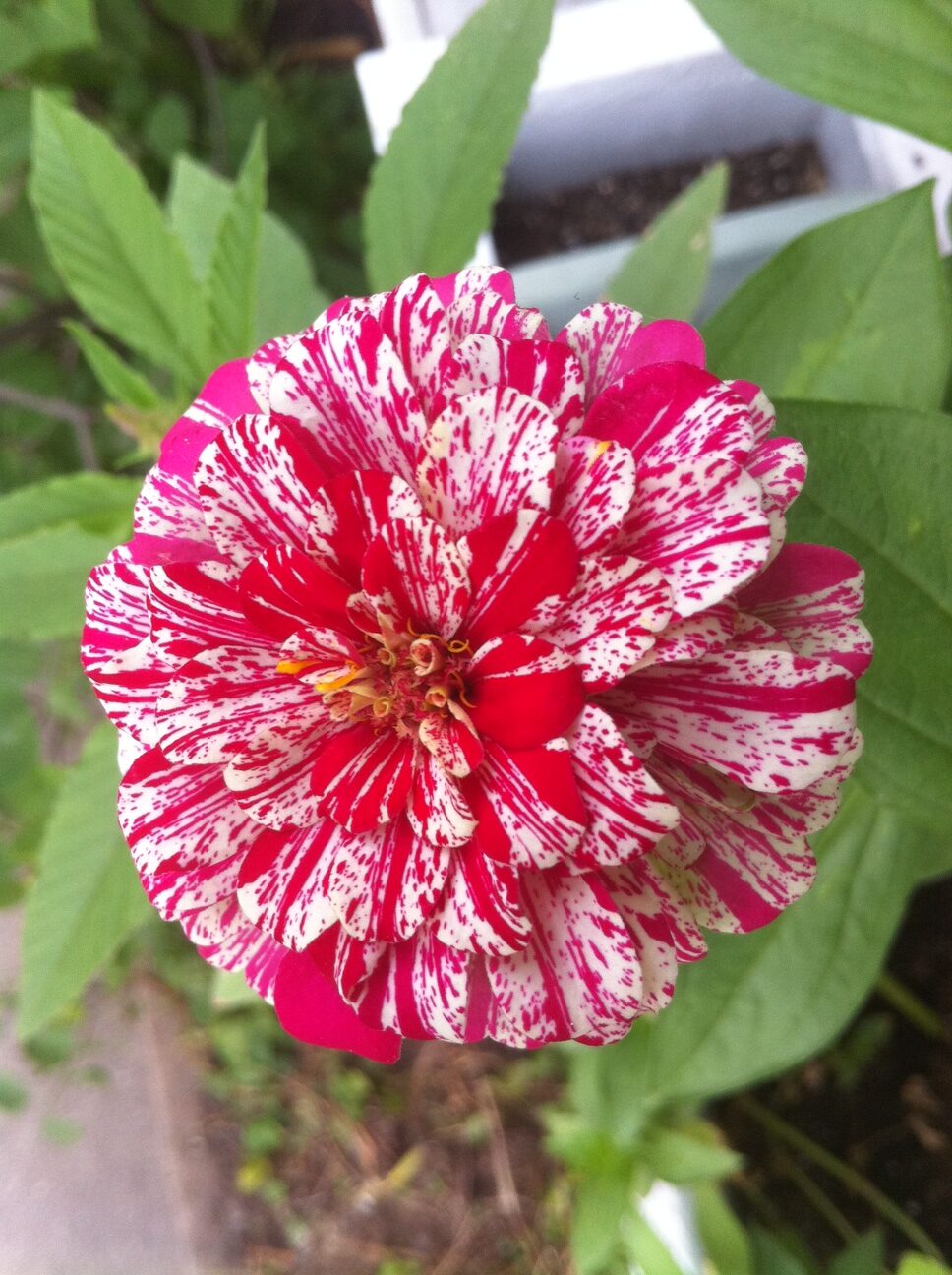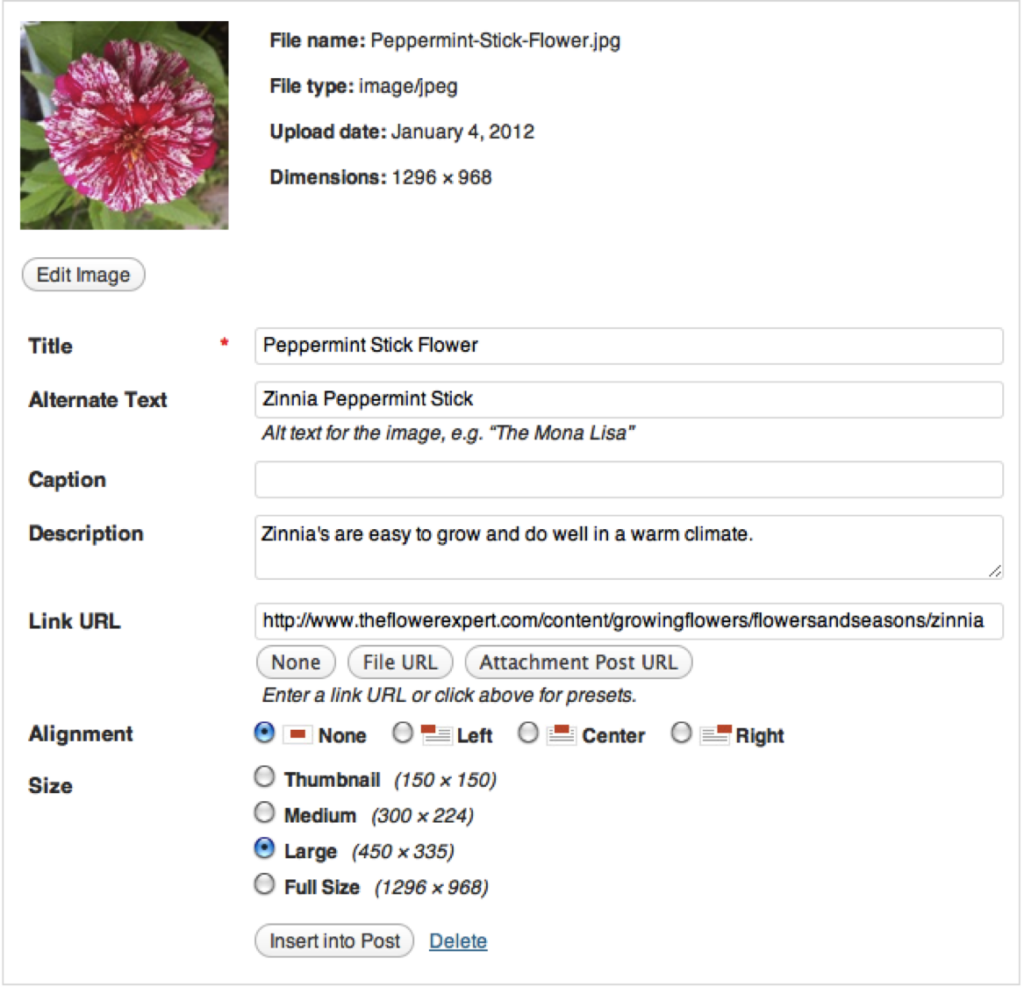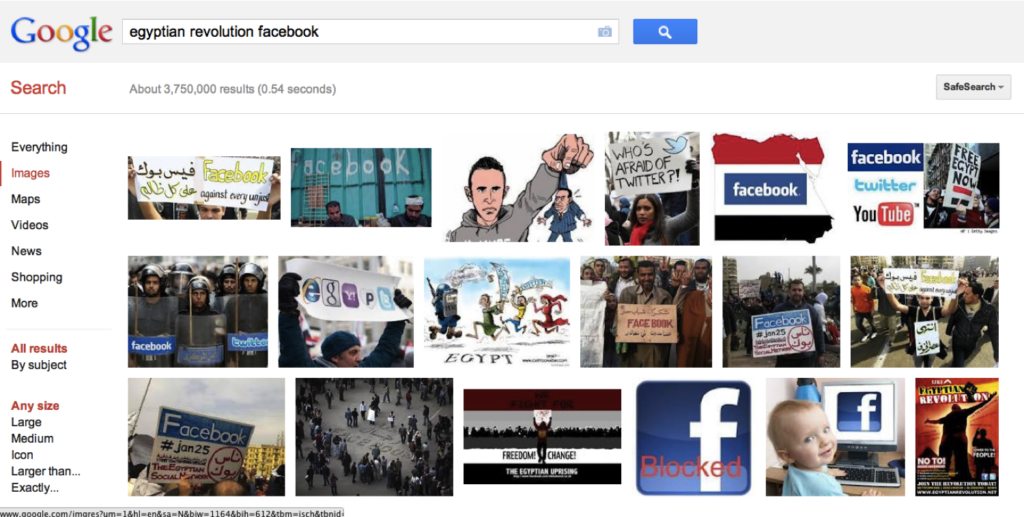
Optimize Your Images for Better Digital Asset Optimization
From Marketing to PR, digital assets are an essential part of the content used to tell stories and communicate brand messages. For publishers and public relations professionals, optimizing the images used in news stories and press releases can have an important impact on visibility in search engines. Images not only add flavor to news content, but they are also an opportunity to extend the reach of your message through image specific search.
Images are essential for both search and social media marketing with growing popularity as a social media asset. Long time image hosting and social network Flickr hosts well over 50 billion images and social media image sharing services like Instagram and Pintrest have exploded in popularity:
- Pinterest has grown 4,000% in the past 6 months
- Instagram added over 2 million users in November
Optimize Images for Search
To improve rankings of your images, here are 6 tips to make sure images are search engine ready:
File Name. Keywords used in image file names provide very specific information to people and search engines on the topic of the image. img05.jpg isn’t nearly as useful as image-optimization.jpg
Text Surrounding Image. The text used to describe your image like a caption can help search engines associate the image with keywords used in the surrounding text.
Image Linking. Links from other pages to your image or the page your image is embedded on can help search engines find the image for crawling and also pass PageRank.
Alt Text. Adding descriptive text to the image alt attribute is helpful for search engines as well as a usability best practice in situations where images are not shown in a browser such as when a visually impaired person uses a screen reader. However, do not stuff a long string of keywords in the alt text, that will simply dilute the meaning and usefulness.
Image Sitemaps. If you are having difficulty getting your images into a search engine like Google, or you want to show that some images are less important, you can add image specific tags to a sitemap and provide that information to Google.
Focus Keyword Usage. For example, if you are writing a piece on flowers and have an image of a particular type of flower then your keywords should reflect the name of that specific flower.


Optimize Images for Social Sharing
Inspiring social shares is important to extend the reach and visibility of image content. A basic first step is make it as easy as possible for your audience to consume and share your images.
Use Inspiring Images. I am a strong believer that your content and your images should first be relevant to your audience, and then optimized for search engines. A good example of news images that have received a lot of social sharing are collections of compelling photos. This group of the most powerful photos of 2011 on BuzzFeed has receive over 45,000 Tweets and 862,000 likes on Facebook.
Use Standard Formats. While there are many types of images formats to choose from .jpg, .gif, and .png are the most common. Use images that will be easy to display on any device and you’ll avoid any barriers to sharing or viewing.
Post Images on Multiple Social Media Sharing Sites. The more relevant places you make your images available the better the chances are that they will be shared. In addition to social networks like Facebook, Google+ and Twitter, popular image hosting and sharing sites include:

Optimize Images for User Experience
The human eye can see things that search engines can’t. Humans can also associate emotion or take action based on the images used in news stories, press releases and web pages.
High Quality. People will be more likely to spend additional time on an image that is high quality in terms of composition and image resolution.
Maintain Relevancy. It is even more essential that your imagery is relevant for your audience. An image that is disconnected from the text will put people off and they will be discouraged to visit again. An example would be a photo of a cute dog sleeping when your article is about your clients love for cats, or their rocky relationship with their boyfriend.
Don’t Make Them Work Too Hard. While some journalists or PR representatives may lean toward using abstract images, it is important to always keep the end user in mind. An abstract image may be interesting to look at but does it really help you sell your story? Use your web analytics to determine whether abstract or more literal images result in more pageviews and traffic.

Bonus Tip: Inspire User Generated Content
An interesting way to gain access to new images is to get your network involved. Try running a contest on your website or social media network page encouraging potential vendors, clients, or those interested in your brand to create an image for an event or as a promotion. The images used in such a promotion can provide content on your site, inspire sharing and links amongst participants as well as a way to recognize your community.
I would recommend that going forward you try to optimize more of your image content and other digital assets. Many press release distribution services allow users to upload images to their press releases. If you are a journalist be sure to include optimized images in your column. If you’re a retailer, make sure your product images are easy for Google to access and consider supplying an image sitemap. The next time you upload an image to a social media site, think about using relevant keywords in the file name, in the description and alt text.
The possibilities for image asset optimization are endless and I hope that the tips I have provided show you that some small adjustments to your image optimization can improve search visibility, social sharing and a better user experience for your community.


